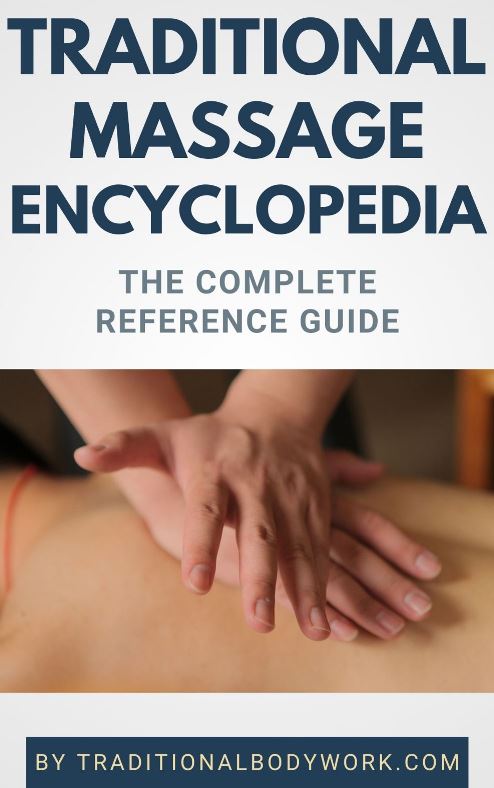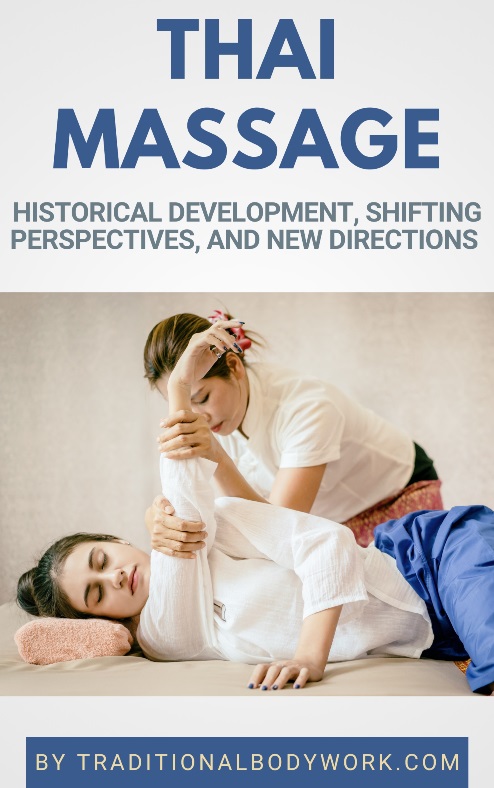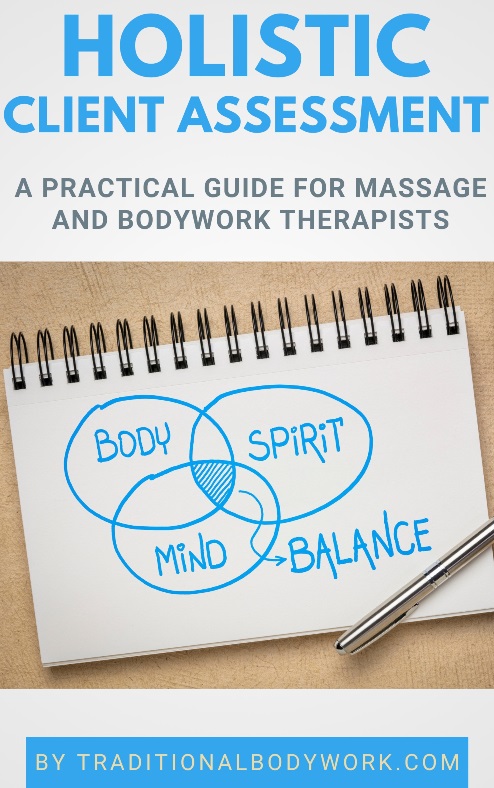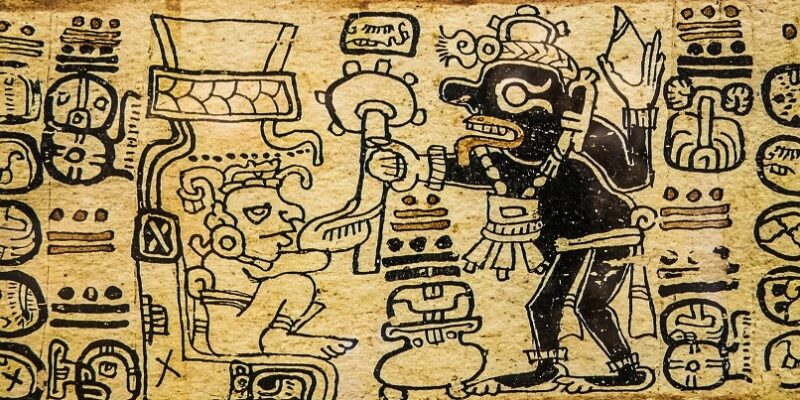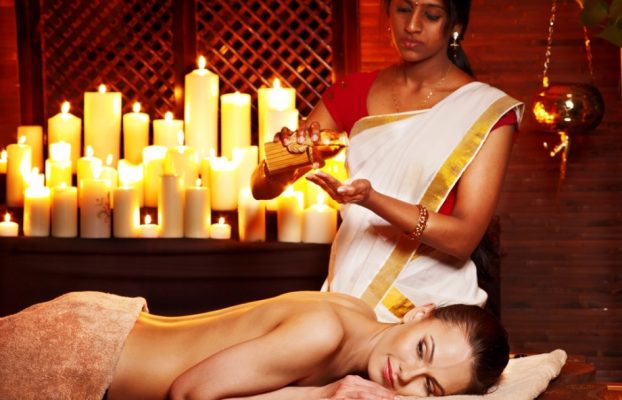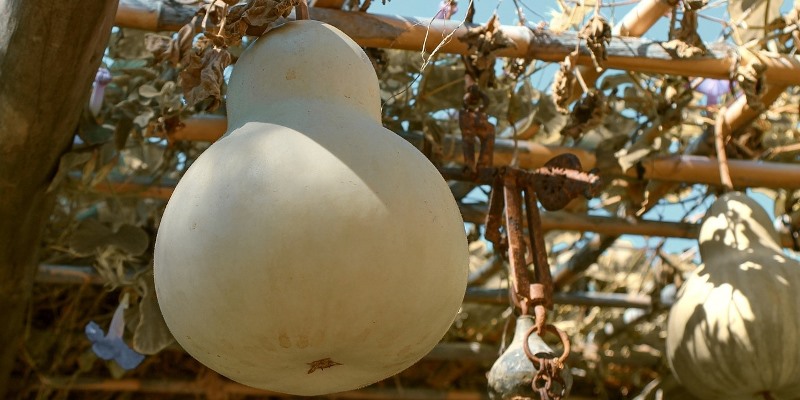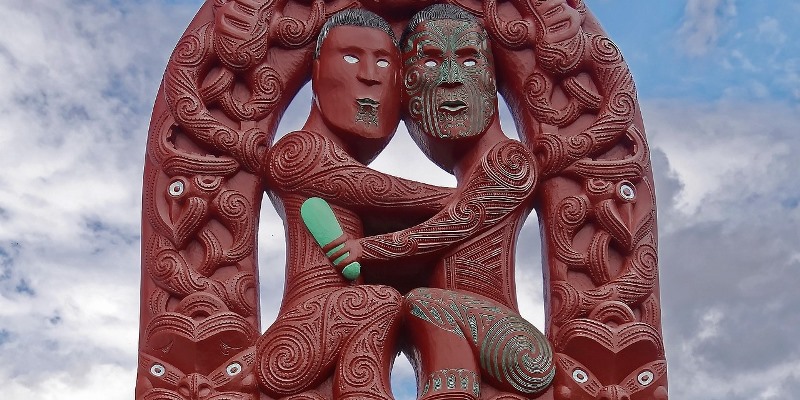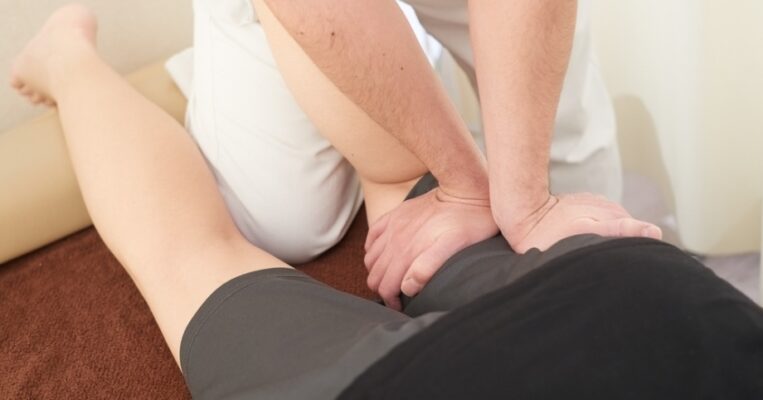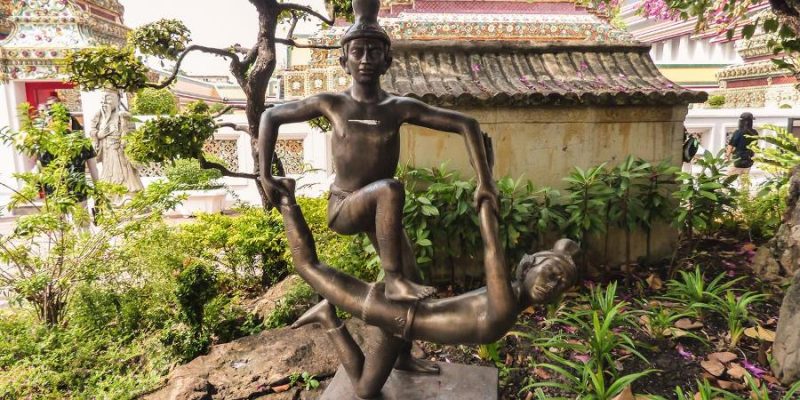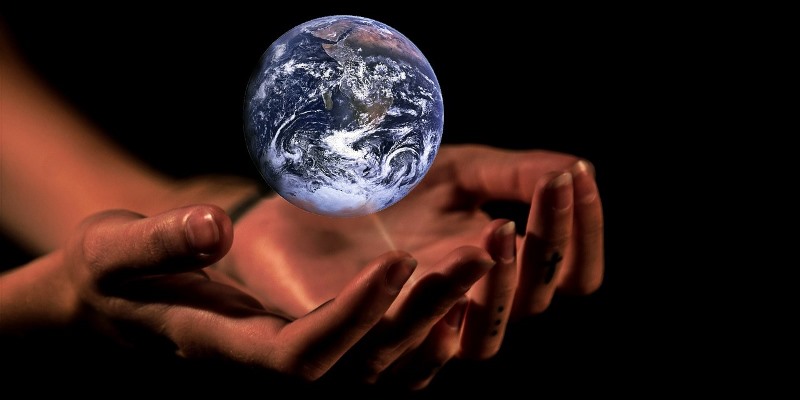
In this post, we briefly discuss the traditional massage history, development and characteristics of various important geographical regions around the world. We’ll cover Africa, Asia, Europe, South and North America, and Oceania.
Africa
There’s very little documentation to be found about African traditional massages. In general, one could state that Africa is the so-called “neglected” or “forgotten” continent, and moreover, most of the countries that exist in Africa today have artificial borders created by the West during colonization periods. This makes culture coherence blurred and targeted research difficult.
Unfortunately, traditional massages from Africa receive very little or sometimes even negative attention. Maybe in a few years, massage practices of Africa will get more recognition, either from abroad, either from local people, with well documented research and experiences.
However, a rather specific feature of Africa is its separation in the northern area (Sahara desert region), being mainly an Arabic and Berber region, and the southern area, which is the Sub-Saharan region (sometimes called “Black Africa”).
The Sahara region is characterized by traditional massages in the “Hammam sphere” and by traditional massages originating in ancient Egypt (notably Hydrotherapy, Reflexology, and Aromatherapy).
The Sub-Saharan region boasts a broad variety of traditional medicines, shamanism, and specific massage therapies, such as Calabash Massage, Rungu Massage, and Manefaing Massage. Nevertheless, because of oral transmission, the lack of massage schools and scientific research, there’s very little acceptance and knowledge outside of local communities and regions.
Asia
Massage has played and still plays a very important role in Asia. Nevertheless, what is called “Asia” is a vast area, with many countries, a variety of regions and rich cultures, starting in East-Turkey and East-Russia, and going further eastwards through the Middle-East, while passing, for instance, Persia (Iran), Afghanistan, India, Nepal, Tibet, Myanmar, Bhutan, China, Korea, Vietnam, Thailand, and Laos, finally reaching Indonesia, the Philippines, Taiwan and Japan.
Asian Traditional Medicine systems, including Asian traditional massages, have been heavily influenced by Indian Ayurveda, Indian Yoga, Indian Siddha Medicine, Indian Spiritual Traditions, and Tantra, by Traditional Chinese Medicine including Taoism, and by so-called Greco-Arab Medicine which includes Unani Traditional Medicine.
The two giants India and China have had a major role in the development of preventive, restorative and curative healing practices, and the combinations of concepts, methods, and techniques of both systems have penetrated the whole of Asia (although notably Central, Southern and Eastern Asia), including the island groups of Indonesia, the Philippines, and Japan.
Later in history, the Arab-Muslim conquests of parts of Asia (including parts of India and South-East Asia) and/or the adoption of Islam, added Unani Medicine and other Greco-Arab medical principles to already locally existing healing arts.
Today, within our globalized world, we see a renewed blending of various distinct Traditional Asian Medicine systems within Asia, but also outside of Asia where the West has increasingly adopted and integrated concepts and treatment elements in their own medical systems as an alternative or complementary healing practice.
Europe
Massage practices in Europe have been heavily influenced by ancient Egyptian massage concepts, methods, and techniques, and prominently surface in ancient Greece, around the 8th century BCE.
It’s later picked up by Rome as from the 3rd century BCE, but after the decline of the Roman Empire in the Western European regions around the 4th century CE, little is known about the further developments of massage in Europe.
What’s known is that bath houses remained in some form, here and there, including cupping techniques, midwifery massage practices, and local healing and bone setting techniques, but there was no formalization of massage procedures during this time period, which spans the so-called European Middle Ages (from about 500 CE to 1500 CE).
Nevertheless, the Arabic-Muslim conquistadores incorporated Greek-Roman traditional medicine and massage knowledge and practices, and when they later on occupied Spain and Portugal (as from 711 CE), they brought Unani Medicine (Greco-Roman-Arab) and Hammam based massages and Hydrotherapy practices back to the front stage in these areas. The Arabic-Muslim occupation in Europe ended definitively in 1492 CE.
The European Renaissance, which began in the 14th century and ended in the 16th century, shows some records of massage practices and new massage theories arising across the continent, such as in England, France, and Germany.
But on the whole, today it’s generally accepted thought that massage came really back in the picture with what now is called Classic Massage or Swedish Massage (around 1870), which is also the starting point of modern Western massage history.
North and South America
Before the modern colonization of the Americas, the Native American people already had their own traditional medicine and shamanic practices, which apart from spiritual, energy and herbal healing included a range of methods and techniques for massage, midwifery, bone setting, and other bodywork.
Nevertheless, to generalize “Native American people” is somewhat “thin,” because the term refers to a broad variety of indigenous people, such as the Cherokee, Lakota, Dene, Apaches, Hopi, Mayas, Aztecs, Incas, Tupi, Arawaks, Navajo, Shawnee, Cheyenne, Eskimos (Inuit, Inupiat, and Yupik, for instance) to name just a few of a very vast number of indigenous people of North and South America.
It’s thought that traditional healing practices in the Americas date back at least 12,000 years, perhaps even longer ago. What unites these traditional systems is the holistic approach, that is, the integration of physical, emotional, psychological, and spiritual aspects of a person.
Methods, techniques and tools applied include deep pressure, gentle rocking, acupressure, trance and hypnosis, breath work, stones and crystals, acupuncture (with needles made of thorns or porcupine quills), non-contact healing (with warmed hands hovering on body parts), among others.
Today, well-known Native American inspired or actual traditional massages include Cherokee Bodywork, Red Indian Lakota Massage, Feather Stroking, the Raindrop Technique, Maya Abdominal Massage, Sobada massages, and the Rebozo Technique.
Oceania
Oceania is a geographic region that consists of Australasia, Melanesia, Micronesia and Polynesia. It includes countries and regions such as Australia, New Zealand, New Caledonia, New Guinea, Samoa, Hawaii, Fiji Islands, and Tahiti, among many other areas, countries and islands.
Different waves of immigration characterize these regions, where the indigenous peoples from Australia are thought to have settled on the continent as far as 70,000 years ago, originating from Asia.
On New Zealand and further on through the pacific up to Hawaii, immigration happened much, much later, starting about 4,000 years ago with waves of immigrations also originating from Asia, notably from out Taiwan.
For instance, on New Zealand, the Maori people arrived around 1300 CE, which is quite recent. On Hawaii, human settlement started between 300 CE and 800 CE in sporadic waves.
In any case, in this region one finds quite a range of traditional indigenous massages.
Lomi Lomi type of massages can be found on Hawaii, Samoa, and East Futuna. In fact, rather similar massages to Lomi Lomi go by names such as Lolomi and Milimili, Fakasolosolo, Amoamo, Lusilusi, and Kinikini, to name a few variations, spread across Polynesia.
The Māori people (New Zealand) call their massages Romi Romi (Romiromi) and Miri Miri (Mirimiri). In theTonga archipelago, massage is called Fotofota, Tolotolo, and Amoamo, and in Tahiti we find the traditional Taurumi Massage. In Australia, we encounter indigenous aboriginal massages, such as the Ngangkari Massage.
Apart from straightforward orthopedic and bone setting practices, massages in the Oceanian region are characterized by a strong association between body and mind (spirit). Much of the physical work is in fact done to appease or balance the spirit and to expel negative energies. The set of techniques used is broad: from strong acupressure to long gliding, gentler strokes, and from invocations and visualizations to music and dance.

